Buying your first place
Permanent linkAfter living with stark white walls, slumlords slow to fix problems but quick to raise the rent, and hauling my groceries up 3 flights of stairs and down a long hallway, only for the bag to break right before I can get my door open, I’m ready for my own place. (Ideally one where doing the laundry doesn’t rely on me having enough quarters.)
Sound familiar?
With housing prices finally coming down (and rents starting to go up as more people rent vs. buy), owning that little piece of grass (or, for you condo dwellers, sky) is tempting many first-time home buyers into the market. You’ve probably discussed this at length already with your friends, your parents, and just about anyone else who will listen and are convinced that now is the time to buy.
Before you jump into the real estate game, here are a few more things to consider based on what I’ve learned as a condo dweller and current house hunter. Good luck and happy hunting!
1. It’s a buyer’s market, but many sellers haven’t gotten that memo yet. Beware of the sellers that are living in the past—you will know who they are because their properties are overpriced, and they are usually quite stubborn about negotiating. (Hint: if a place has sold in the last few years you can probably see what the current owner paid for it on zillow.com.)
2. You’d be surprised how much orange-shag carpet and wood-paneling is still out there. In HGTV land, everyone has updated their properties with shiny flooring and stainless steel. In the real world, you will see more heinous décor than you thought possible. (Especially if you are looking in the ‘burbs.) The kicker is when the owner considers it updated (From what I ask? The 1800s?) AND worth extra money. Be prepared for lots of black and white color schemes, pink countertops, and my personal favorite: burnt–orange stripes on the wall.
3. Your home could seriously hurt your social life. For one moment, put aside all the practical reasons (tax breaks, etc.) that are driving you to buy your first place. Instead, think about what makes you happy. Are you willing to give up going out with friends? Vacations? Going to grad school? Can you still do what you love (at least in moderation) if you buy your place? If not, you might be very miserable down the line. I’ve got plenty of friends who are in this exact predicament: owning a beautiful place that sucks all of their discretionary money, who have come to regret their decision. Remember, the mortgage is about half of what ownership costs, then there are taxes, maintenance, fees…… oy!
4. Beware of being the youngest person (or oldest) on the block. I lived in a condo building for 10 years where the average age had to be 95. On the one hand, I never had a noisy neighbor. On the other, I learned a valuable lesson: old people can be really, really difficult to live with.
For example: One morning as I was innocently eating my breakfast bar in the elevator, I was curtly informed by an “older gentleman” that I was in violation of condo rules. Eating in “common areas” was strictly verboten. Consequently, I was fined $100. Do you know how many Nutrigrain Bars I could have gotten for $100?
The moral of the story: when you buy a home or condo, you are buying into a community. Old or young, make sure it’s one you will want to be part of. (And I definitely recommend that it’s young, or at least, younger.)
5. And, beware of being the only Jew in the neighborhood. My current frustration with where I live is how far I have to go just to get challah. If being connected to Judaism is important to you, either now or in the relatively near future, you will probably want to figure out not only where congregations are, but other things that contribute to leading a Jewish life.
6. Before putting an offer in, ask some basic questions about the appliances and other ‘mechanicals’. True, an inspection will reveal problems with your property, but it costs about $450 (if not more) and, should you walk away from the property, it’s non-refundable. By asking some questions about how old, and what kind of condition things are in—from the refrigerator to the furnace—you can get a better idea of what you might be getting into before you make that offer.
7. Don’t just assume renovations to the place were done legally. I just dodged this bullet: a lot of people do work on places without permits or inspections so you have no way of knowing that the work was done up to code. Once you buy the place, this becomes your liability. So, before making that offer, ask the seller for proof of permits and inspections on any work done. Also, if you are buying a condo, know that if you plan on doing anything to your unit, you will need the permission of the Home Owner’s Association (HOA) and they have all sorts of rules and regulations. Which leads me to…
8. Home Owner’s Association’s (HOA) can impose more rules and regulations on you than your parents. You may be surprised about the rules that govern you—they can range to restrictions from when you are allowed to run your dishwasher (e.g.: not after 11 p.m. at night), to how much of your floors must be carpeted for sound, to whether or not you can rent out your unit. If you can, get a copy of the HOA’s Guide of Conduct or any other information you can get about the place you might be living in. And on that note, check out how much cash they have in reserve to cover an unforeseen building repairs or, in this economy, enough to cover lack of fees collected from other units.
9. Remember, this is just your first home. Don’t sweat it being perfect.


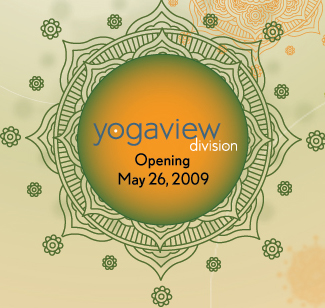


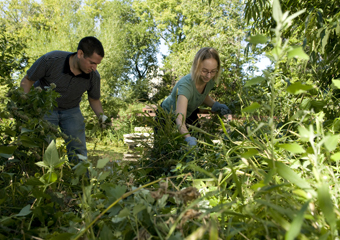
.jpg)


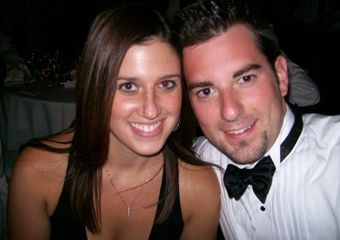

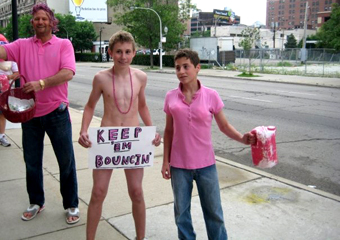

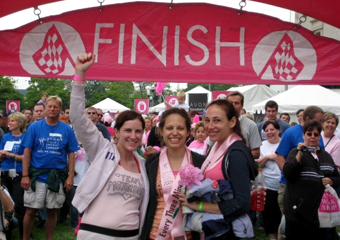
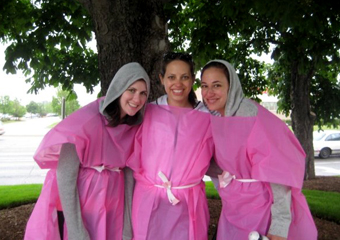
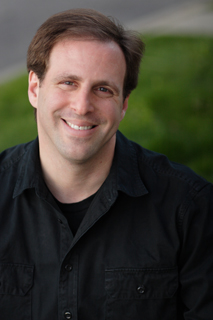

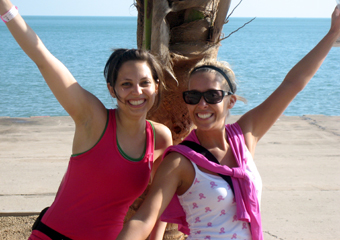
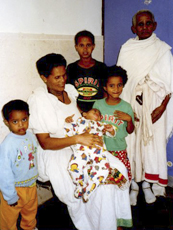
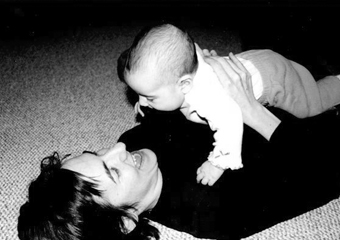

.jpg)



